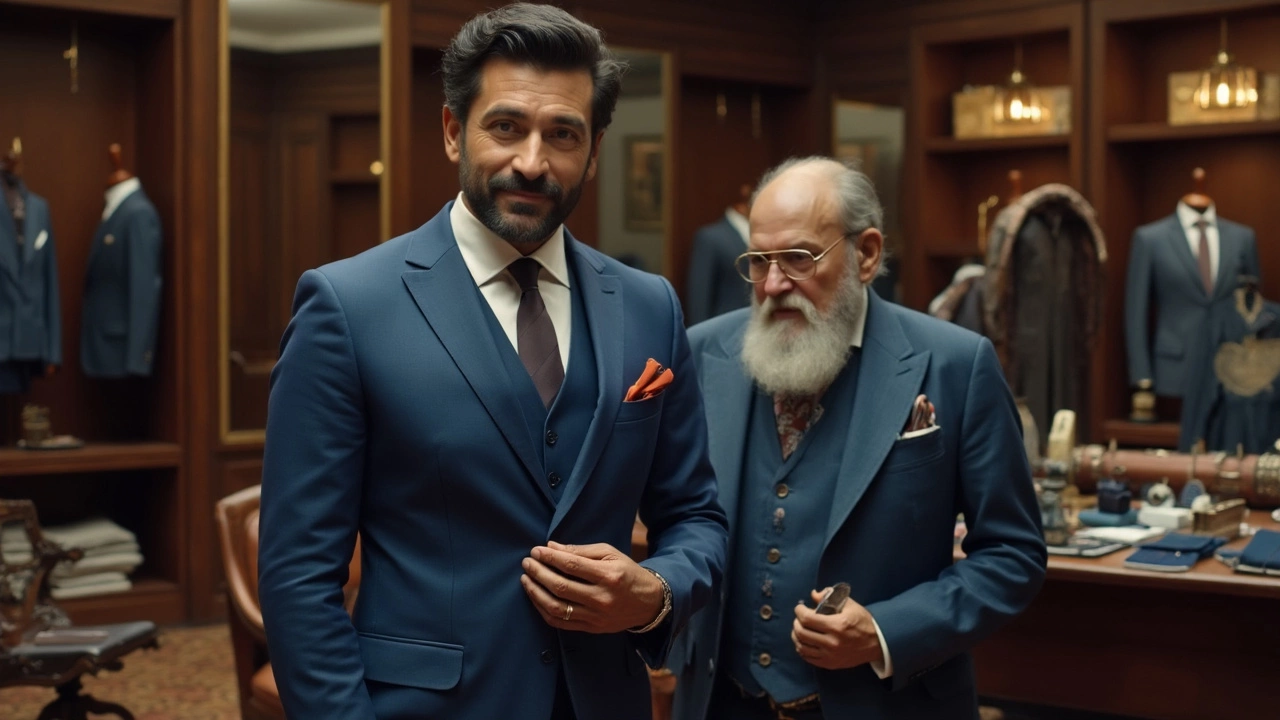Men’s Suit Essentials: How to Choose, Fit, and Style Every Look
Ever stare at a rack of suits and wonder which one actually belongs in your closet? You’re not alone. The right suit can boost confidence, but the choices feel endless. Below you’ll find straight‑to‑the‑point advice that cuts through the noise.
How many suits do you really need?
Most guys don’t need a dozen suits. A smart starter wardrobe usually includes three core pieces: a navy business suit, a charcoal or gray option for formal events, and a black suit for the most dressy occasions. Add a casual blazer if you like mixing dressy with relaxed.
Fit matters more than price
Spending big bucks won’t fix a bad fit. A well‑tailored suit in a mid‑range fabric looks sharper than an expensive one that’s too tight or saggy. Focus on shoulder alignment, sleeve length, and where the jacket tapers at the waist. If you’re unsure, bring a friend to the fitting room and ask for honest feedback.
When you compare cheap and pricey suits, look for three tell‑tale signs: the fabric (real wool feels softer and drapes better), stitching (tight, even stitching means durability), and lining (a full‑fibre lining breathes, while a cheap polyester one feels plasticky). Spotting these details saves money and frustration.
Choosing a suit for your body type is simpler than you think. If you’re tall and lean, a slim cut enhances your silhouette. Broad‑shouldered men benefit from a slightly relaxed cut to avoid pinching. For a stockier build, a classic or regular cut provides balance without adding bulk.
Color is the silent communicator in a suit. Black is the go‑to for formal evenings, navy works for most business days, charcoal adds a modern edge, and a subtle pinstripe can set you apart without being loud. These five colors—black, navy, charcoal, medium gray, and a deep brown—cover nearly any event on your calendar.
Accessories are the finishing touches. A crisp white shirt, a leather belt matching your shoes, and a simple tie keep the look polished. Skip the flashy pocket squares on a first interview; save them for a celebratory dinner where you want to stand out.
If you’re on a budget, consider buying a suit off‑the‑rack and having it altered. Small tweaks like taking in the waist, shortening sleeves, or adjusting trouser length can transform a generic suit into a personal fit. Most tailors charge a modest fee that’s far cheaper than a custom suit.
Maintenance matters, too. Hang your suit on a wide hanger, brush it after each wear, and have it dry‑cleaned only when needed. Over‑cleaning weakens fibers; a quick steam can freshen a suit after a long day.
Bottom line: start with the basics, prioritize fit, know the key colors, and treat your suit like a long‑term investment. Follow these steps and you’ll look sharp without stress, whether you’re heading to the office, a wedding, or a night out.

How Many Suits Should a Man Own? A Practical Guide to a Minimal Men’s Suit Wardrobe

How to Dress and Look Classy: Timeless Style Tips Every Modern Man Should Know

How to Pick a Man's Suit: Your Straightforward Guide

Do Expensive Suits Look Better? The Real Difference Explained

How to Spot the Difference Between a Cheap and an Expensive Suit

Should a Suit Fit Tight or Loose? Your Ultimate Guide

How to Find the Perfect Suit for Your Body Type

